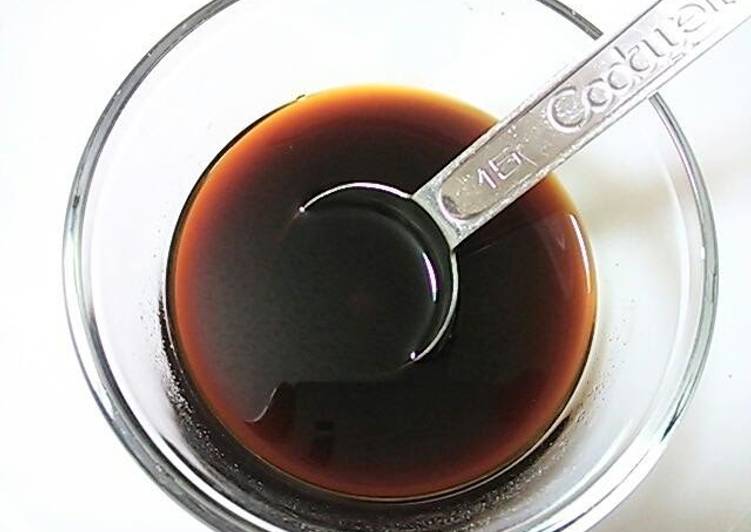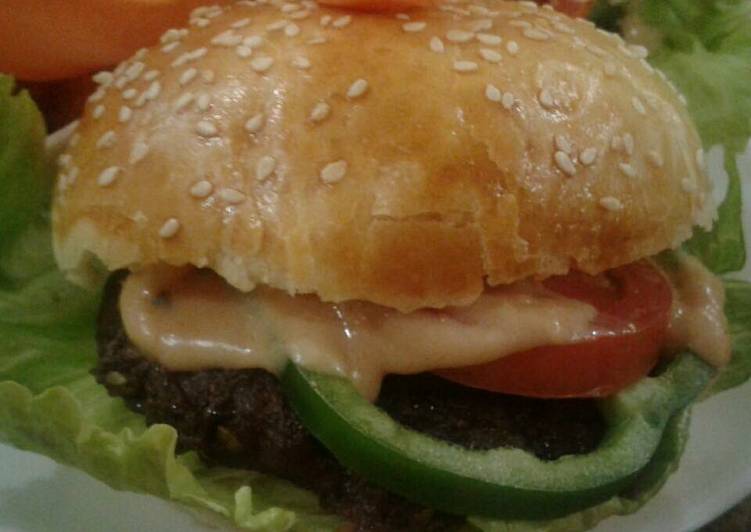
Hey everyone, it is Jim, welcome to our recipe page. Today, I’m gonna show you how to make a special dish, 3 different types of ponzu. One of my favorites food recipes. This time, I will make it a little bit tasty. This is gonna smell and look delicious.
Ponzu: An Introduction. Смотреть позже. Поделиться. Programming and computer systems videos, typically on the subjects of the Go programming language, Ponzu CMS, and different ways to use them. This way Ponzu developers have access to both of these individually to use as needed, rather than hiding them inside the HTTP handlers.
3 Different Types of Ponzu is one of the most popular of recent trending meals in the world. It is simple, it is quick, it tastes yummy. It’s appreciated by millions every day. 3 Different Types of Ponzu is something that I have loved my entire life. They’re nice and they look wonderful.
To begin with this recipe, we must prepare a few ingredients. You can cook 3 different types of ponzu using 17 ingredients and 10 steps. Here is how you cook that.
The ingredients needed to make 3 Different Types of Ponzu:
- Get Basic Flavored Ponzu Sauce
- Get 1 bag Dashi stock (in a tea bag)
- Get 10 cm Konbu
- Get 200 ml Soy sauce
- Make ready 250 ml Mild rice vinegar
- Prepare Luxurious Citrus Juice Ponzu Sauce
- Take 1 bag Dashi stock (in a tea bag)
- Make ready 10 cm Konbu
- Make ready 150 ml Soy sauce
- Make ready 150 ml Fruit juice of your choice (100% juice)
- Take 100 ml Mirin
- Get Instant Flavored Ponzu Sauce
- Get 5 tbsp Soy sauce
- Take 5 tbsp Rice vinegar
- Prepare 1 tbsp Citrus fruit juice of your choice (100% juice)
- Make ready 1 tbsp Mirin
- Make ready 1/2 tsp Konbu tea (powdered)
Learn all the different types of polygons. Distinguish between regular and irregular polygons, simple and complex polygons, and concave and convex polygons. If there is a particular form of irony you want to explore further, just follow the navigation below. One type of tectonic plate boundary – a boundary separates the large plates composing Earth's surface – is the convergent boundary.
Steps to make 3 Different Types of Ponzu:
- For the flavored ponzu sauce: Pour the mild vinegar over the dashi "tea bag" and the konbu seaweed.
- Add the soy sauce, cover the bowl tightly with plastic wrap, and let it rest for a while at room temperature. Take the konbu and dashi bag out the next day, transfer to a storage jar and refrigerate.
- This flavored ponzu sauce is mild and goes with all kinds of food. When using it as a dipping sauce for hot pots, squeeze in a little citrus juice from any citrus in season, and it will smell wonderful.
- For the luxurious citrus juice ponzu sauce, put the dashi "tea bag" and konbu seaweed in a bowl.
- Squeeze the citrus juice of your choice, strain out the seeds and pulp, and pour it slowly into the bowl.
- Add the soy sauce and mirin, cover the bowl tightly with plastic wrap, and let it rest for a while at room temperature. Take the konbu and dashi bag out the next day, transfer to a storage jar and refrigerate.
- Flavored ponzu sauce made with 100% citrus juice is really delicious. The mirin takes the edge off the sourness and saltiness of the other ingredients.
- Instant flavored ponzu sauce: Mix all the ingredients together. You can use dashi stock granules (of any type) instead of the konbu tea powder.
- These sauces are all easy to make and can be used right away, so it's really handy to keep these recipes in mind. If you use the mild vinegar mentioned in Step 1, the ponzu sauce will be mild and well rounded in flavor even without letting it rest.
- You can use regular rice vinegar, but the ponzu sauce will be very sour. You may prefer to use mixed grain vinegar instead, which isn't as strong.
Tectonic plates are in constant, although extremely slow, movement. Their movements cause land to separate, islands to form, mountains to rise, water to. How Triangles are classifed as well as defining traits of each type of type. The Scalene Triangle has no congruent sides. In other words, each side must have a different length.
So that is going to wrap this up for this exceptional food 3 different types of ponzu recipe. Thanks so much for your time. I am confident you can make this at home. There’s gonna be more interesting food in home recipes coming up. Remember to save this page on your browser, and share it to your loved ones, colleague and friends. Thanks again for reading. Go on get cooking!


